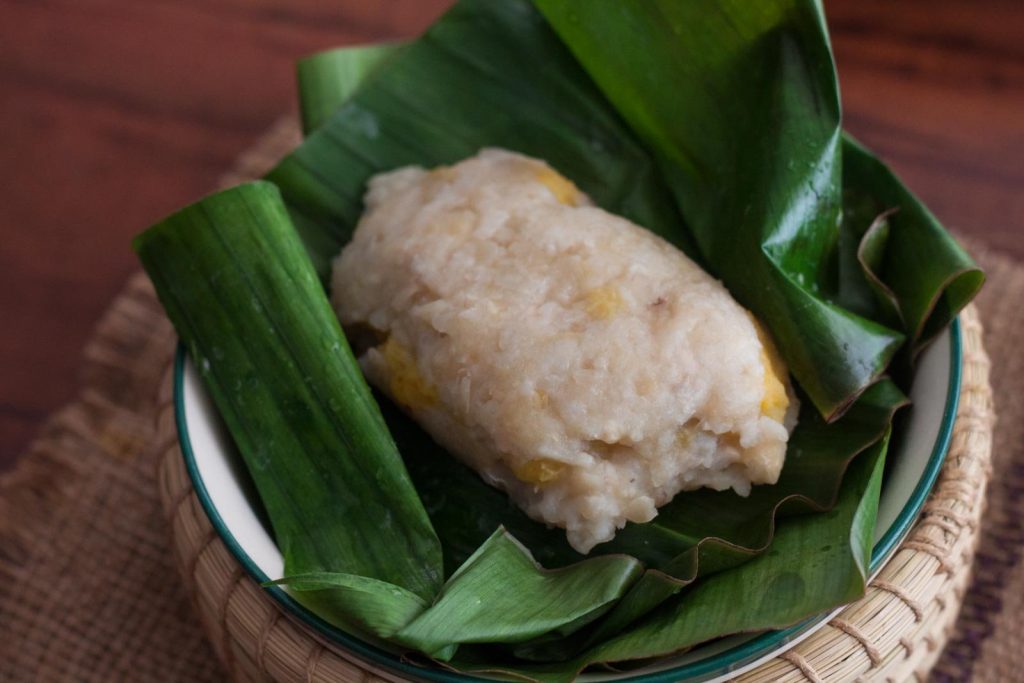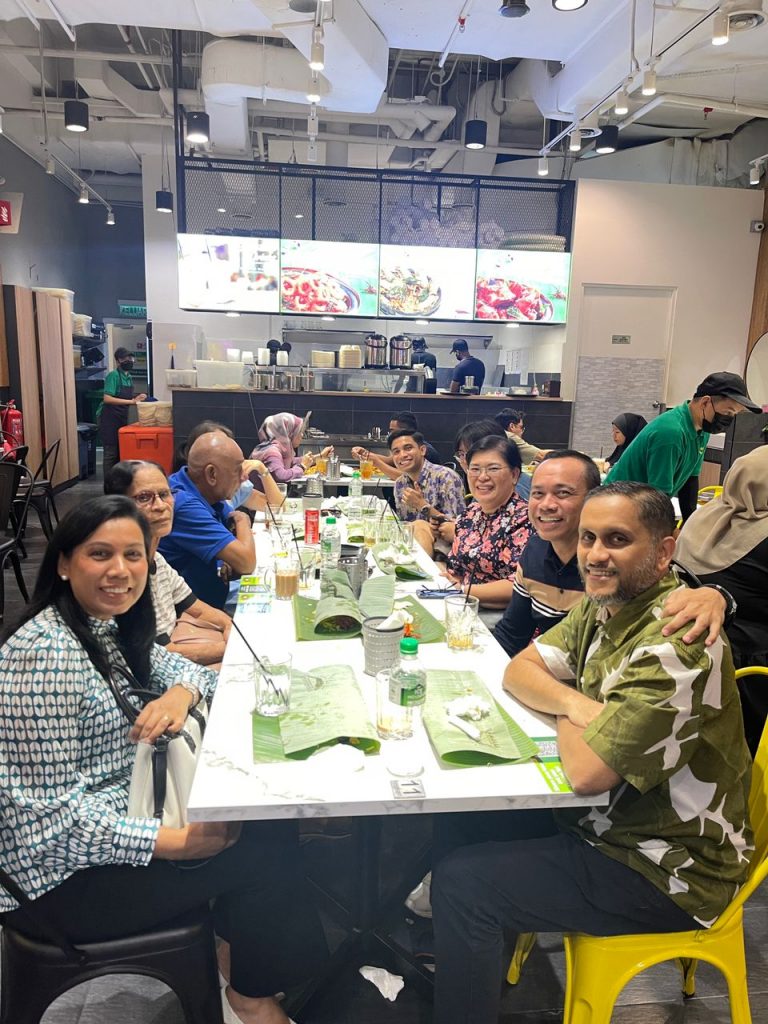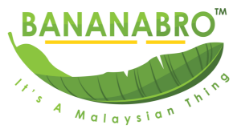In this article, we’re going to discuss the variations of banana leaf rice in South East Asia. Banana leaf rice is a beloved traditional dish, favored across Southeast Asia. Each region puts its own unique spin on it. This delectable national dish is a feast for the senses, showcasing a vibrant display of colors. It offers an explosion of flavors that will leave you craving for more.
In Malaysia, people often serve banana leaf rice with a variety of side dishes, such as pickled vegetables, papadum, and various curries. In Indonesia, people serve it with different types of spicy chili paste, also known as ‘sambal.’ Meanwhile in Singapore, they complement it with a diverse range of meat and vegetable dishes.
Each region’s adaptation of the banana leaf rice showcases the diverse flavors and traditional methods. Culinary techniques unique to their culture are also highlighted in this delicious dish. From the aromatic spices in Thailand, to the savory and sweet flavors in Malaysia, a plethora of wonderful dishes awaits discovery. Each country provides a unique culinary journey for those eager to explore.
Join us on a flavorful journey as we explore the different twists and turns of this traditional dish. Let’s celebrate the rich and diverse culinary heritage of Southeast Asia together. Get ready to tantalize your taste buds. Experience the colorful tapestry of flavors that make banana leaf rice a beloved dish across the region.
How Southeast Asian Countries Customize Banana Leaf Rice
Banana leaf rice is a traditional dish across Southeast Asia. Each country has put its own unique spin on this culinary tradition. In Malaysia, restaurants and homes often serve banana leaf rice with a variety of flavorful curries, pickles, and vegetables, giving it a delicious and aromatic taste. On top of that, we can see people serve street food Nasi Lemak (rice cooked with coconut cream) in a banana leaf. Indonesia characterizes its version of banana leaf rice, known as Nasi Liwet, by using coconut milk and aromatic herbs. This creates a rich and fragrant dining experience.
Thailand’s take on banana leaf rice often includes an assortment of grilled or fried meats, as well as spicy and tangy dipping sauces, adding a fiery kick to the meal. In the Philippines, people often wrap and steam banana leaf rice, locking in the flavors of the rice and accompanying dishes. This process creates a unique texture and taste.
Vietnam’s adaptation of banana leaf rice, known as Com Nieu, showcases a simpler yet equally delicious approach. It often features grilled meats, pickled vegetables, and flavorful fish sauces.
Each country’s unique use of ingredients, preparation methods, and serving styles adds depth and variety to the classic dish of banana leaf rice. This demonstrates the rich diversity of Southeast Asian cuisine. Keep on reading as we’re going to discuss in details on this topic!
The Influence of Thai Cuisine on Banana Leaf Rice Dishes

The influence of Thai national dishes on banana leaf rice dishes is evident. It reflects in the vibrant flavors and unique culinary techniques that contribute to the dish’s character. Thai traditional dishes bring a distinct combination of sweet, sour, salty, and spicy flavors. These elements can be found in many Thai banana leaf rice variations. The interplay of herbs, spices, and textures in Thai cooking adds complexity to the dish. It makes it a truly distinctive culinary experience.
One of the key Thai-specific variations of banana leaf rice is the use of ingredients such as lemongrass, lime juice, galangal, and kaffir lime leaves. These ingredients will infuse the dish with refreshing and aromatic flavors. You can find these ingredient in Thai curries too. The use of traditional Thai sauces like fish sauce, coconut sauce, tamarind paste, and shrimp paste adds depth and complexity to the overall taste. These ingredients contribute to the rich and nuanced flavors of Thai banana leaf rice. Furthermore, the cooking techniques such as stir-frying, grilling, and steaming are commonly used in Thai cuisine. It brings a unique touch to the preparation of banana leaf rice.
With its emphasis on fresh herbs, bold flavors, and diverse textures, Thai cuisine significantly influences banana leaf rice. This influence elevates the traditional dish to a whole new level. It offers a delightful fusion of Thai and Malaysian culinary traditions.
Philippine Twists on Traditional Banana Leaf Rice

In the Philippines, banana leaf rice is known as “Puso” or “Hanging Rice.” It is a traditional way of serving and enjoying rice. Unlike in other Southeast Asian countries where the emphasis is on the rice itself, the Filipino approach to banana leaf rice focuses on the presentation. It also emphasizes the accompanying dishes.
Local ingredients such as coconut milk, garlic, grated coconut, coconut sauce and pandan leaves are used to infuse the rice with a unique flavor. This wonderful dish then wrapped in banana leaves and steamed, imparting a subtle earthy aroma to the dish. Additionally, the use of indigenous meats and seafood, as well as a wide range of tropical vegetables, sets Filipino banana leaf rice apart from other variations in the region.
What truly makes the Filipino banana leaf rice unique is the way it is enjoyed. It is often served as a side dish to grilled or stewed meats. It is accompanied by flavorful condiments such as soy sauce, calamansi (Philippine lime), green beans, and spicy vinegar. This communal way of dining reflects the Filipino value of “Pamamahayag,” or sharing and generosity.
Overall, the Filipino approach to banana leaf rice celebrates the country’s rich culinary heritage and traditional dishes. All in all, by using local ingredients and infusing unique flavors, banana leaf rice emphasizes communal dining. This makes it a truly distinct and flavorful experience for future generations.
Vietnam’s Take on Banana Leaf Rice: Ingredients and Methods
In Vietnam, banana leaf rice, known as Cơm Lam, is a national dish that showcases the country’s diverse culinary traditions. This traditional dish includes sticky rice or rice cakes which is mixed with water, salt, and sometimes coconut milk. Followed by packed into bamboo tubes lined with banana leaves. The bamboo tubes are then roasted over an open fire. Hence, allowing the rice to absorb the smoky flavor of the leaves and bamboo. Once cooked, the rice is served with a wide range of accompaniments. These include grilled or smoked meats, fresh spring rolls, pickled vegetables, and dipping sauces.
Regional variations of Cơm Lam can be found throughout Vietnam, with each region incorporating its own unique ingredients and flavors. In the northern region, Cơm Lam may feature savory fillings like pork, mushrooms, and shallots. Meanwhile in the central region, it might include seafood, green beans, and spicy chili peppers. In the southern region, Cơm Lam may be served with coconut sauce, sweet and tangy sauces. Some served with a variety of herbs and fresh vegetables.
Overall, this wonderful dish offers a delicious blend of flavors and textures. The use of banana leaves imparting a distinct aromatic quality to the dish. The regional variations in ingredients and flavors further highlight the diversity of Vietnam’s culinary landscape.
BananaBro’s Distinctive Touch: A Modern Twist on Tradition
BananaBro’s takes the beloved tradition method of serving banana leaf rice and adds a modern twist, elevating the dining experience while staying true to its authentic origins. Our innovative approach seamlessly blends traditional flavors with contemporary elements, creating a unique and exciting dining experience.

At BananaBro’s, patrons can expect a harmonious balance between tradition and innovation. From the signature offerings to the unique flavor combinations, every dish is a fusion of old and new. The brand embraces the use of fresh ingredients and traditional methods, while also incorporating modern techniques and creative presentations.
Highlighting our traditional dishes, BananaBro’s offers a variety of flavorful curries, perfectly cooked rice, and a selection of delectable sides that cater to both traditionalists and adventurous food enthusiasts. The carefully curated menu showcases our commitment to honoring the authenticity of banana leaf rice, while also pushing boundaries with our creative and contemporary approach.
With its commitment to preserving tradition while embracing innovation, we are redefining the banana leaf rice experience for the modern diner. Whether you’re a purist or an adventurous foodie, BananaBro’s has something special in store for everyone.
Enjoy your favorite banana leaf rice at BananaBro’s outlet near you!
Conclusion
In conclusion, the journey through Southeast Asian banana leaf rice has been a delightful exploration of the diverse landscapes, flavors, and culinary techniques of the region. From the fragrant coconut-infused rice of Malaysia to the aromatic spices of Thailand and the unique taste of Vietnam, each destination along this culinary adventure has offered a unique and delectable experience. The rich tapestry of flavors and cooking traditions present in banana leaf rice reflects the vibrant and diverse cultural heritage of Southeast Asia.
As we conclude our journey, it is important to appreciate the intricate blend of spices, herbs, and cooking methods that contribute to the creation of this traditional dish. Banana leaf rice is not just a meal; it is a true reflection of regional diversity, and a celebration of the vibrant culinary heritage of Southeast Asia. Through this culinary journey, we have gained a deeper understanding and appreciation for the flavors and techniques that make this dish so special and valuable to our future generations. Let us continue to savor and enjoy the rich tapestry of flavors that make Southeast Asian banana leaf rice a true culinary treasure.

